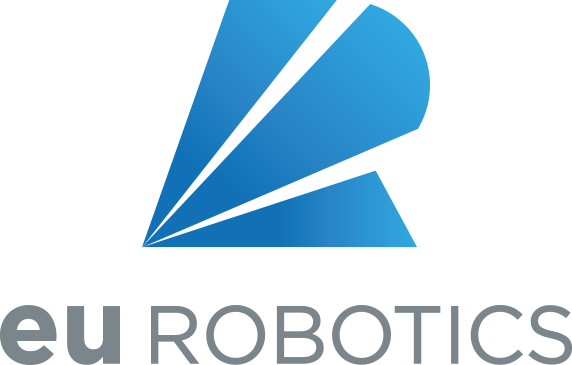
EU Robotics: Topic Group Healthcare
The healthcare sector is undergoing reflections due ageing population, the spread of chronic diseases, growing costs, and not the least by current pandemics. Providing useful, affordable and advanced robotic solutions to healthcare actors can offer huge benefits by helping to reduce the daily challenges.
The topic group is involved to create a future roadmap for healthcare robotics. Therefore, the topic group is working on a common framework of technologies and applications for healthcare robotics within Europe based on the future needs:
- to provide a clear set of goals for technical developments and their interdependencies along the future time axis,
- to match the relevance of these goals with respect to requirements for the paradigm-shift in healthcare, societal needs and future market opportunities,
- to identify opportunities and bottlenecks as well as ramifications for the organisation of healthcare and requirements for human resources and training,
- to bring ideas forward. Accelerate innovation, and bringing a human-centred perspective and be able to serve and helping innovators connect with resources and environments.
Therefore, the EU Robotic topic group inventors the (future) needs regarding robotic solutions for e.g. early diagnosis, health related decision making, treatment, care, research and training, in order to make better use of the medical personnel resources in the hospitals and improve safety and efficiency of the procedures both for patients and medical staff.
The following five application domains have been identified:
- [DR]: diagnostic robotics
- [IR]: interventional robotics
- [RR]: rehabilitation robotics,
- [RSP]: robotics supporting patients
- [RSHP]: robotics supporting healthcare professionals
Main challenges remain in understanding in great detail the healthcare processes, in identifying the real needs of the HC professionals and HC systems, at deploying robotics in HC environments, and in the robotic technologies and their limitations in interaction, perception, safety, and security.